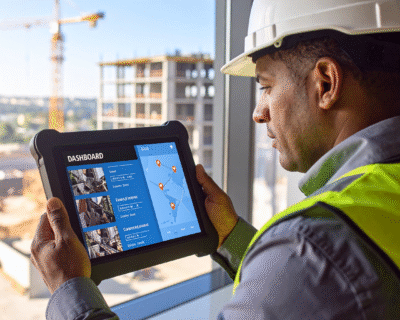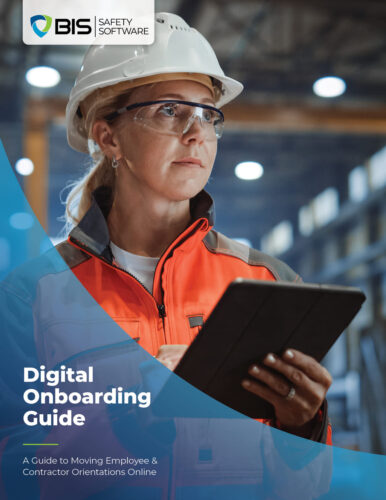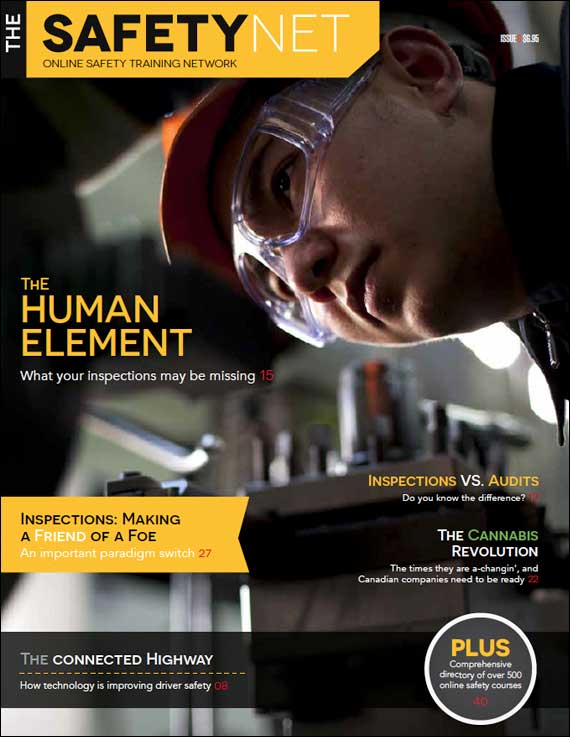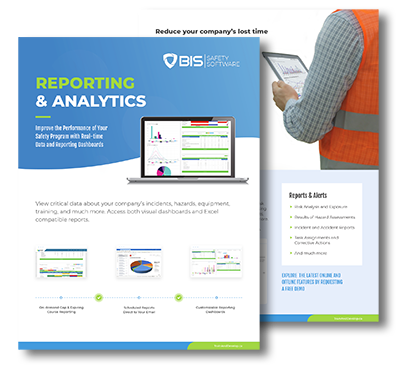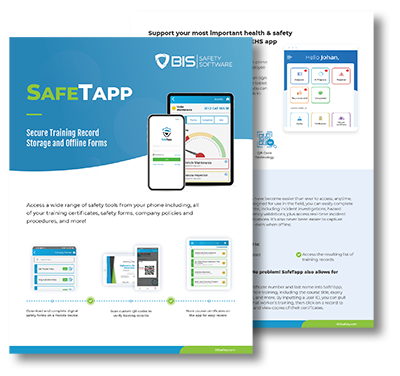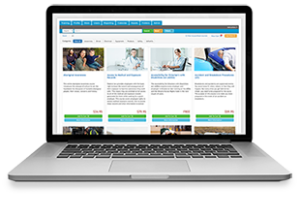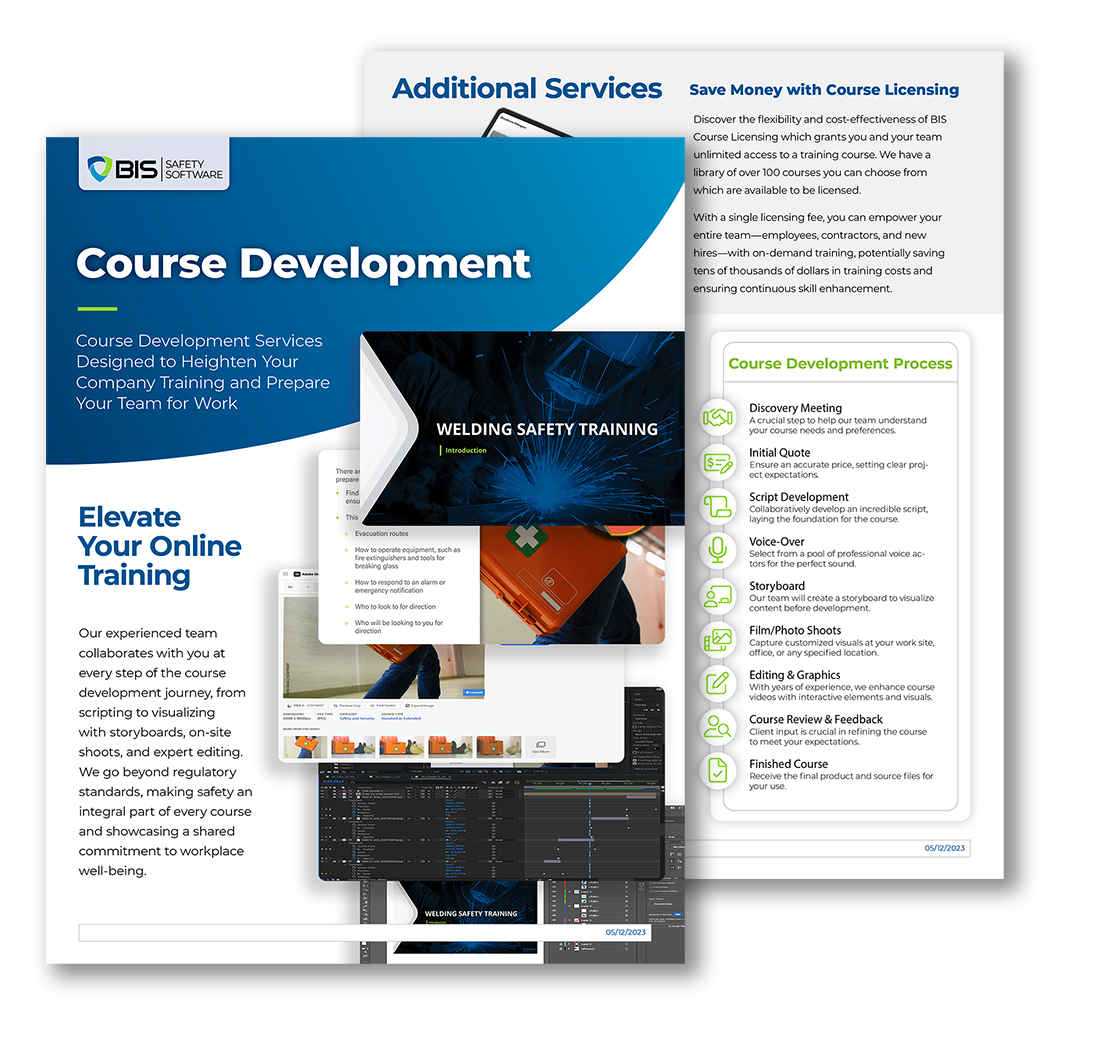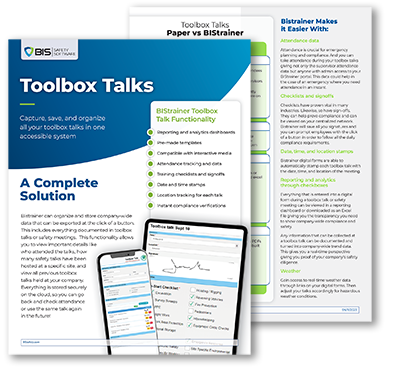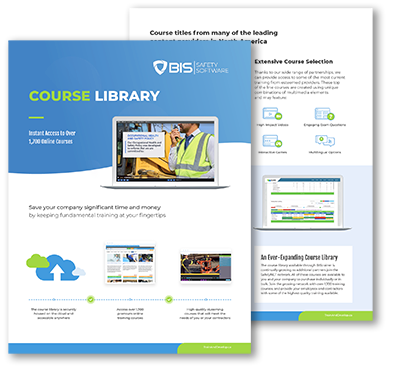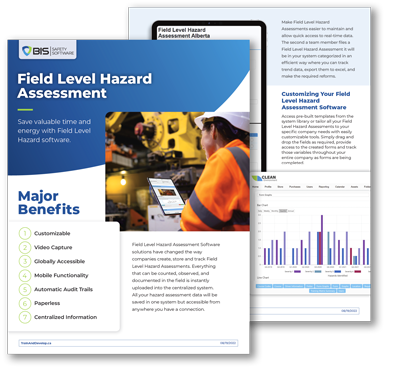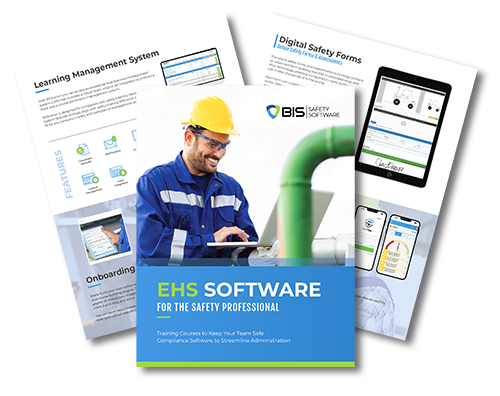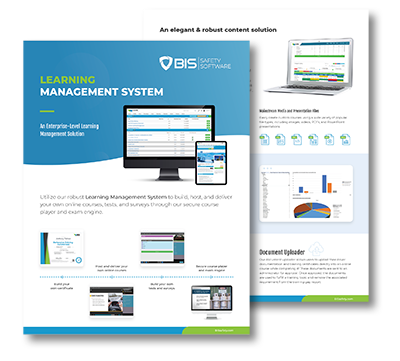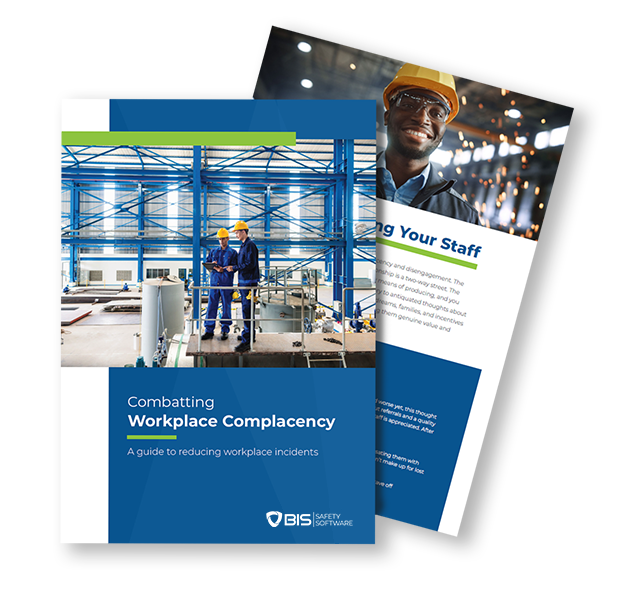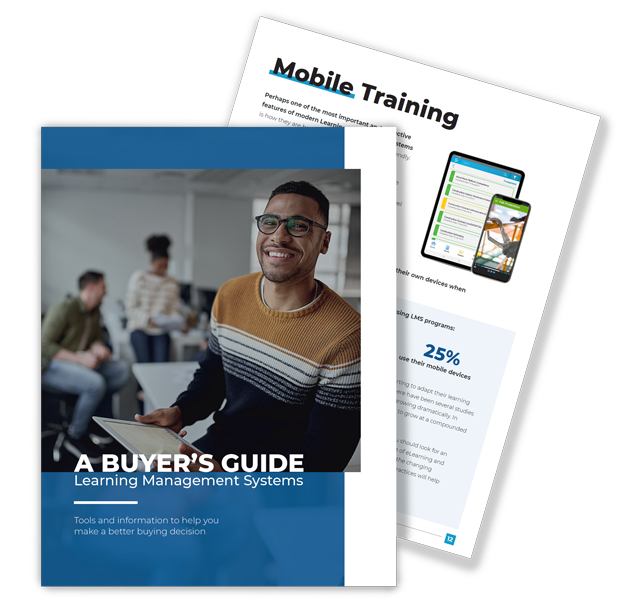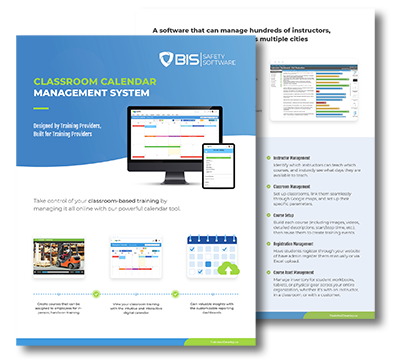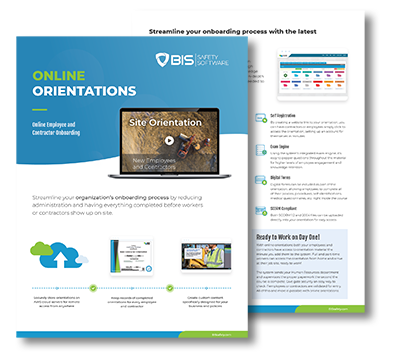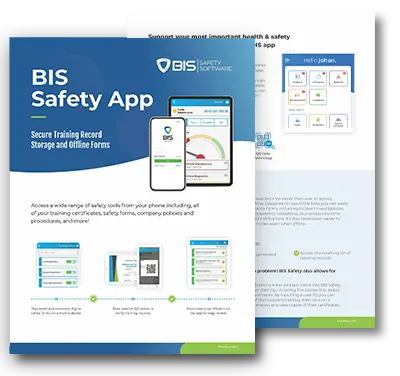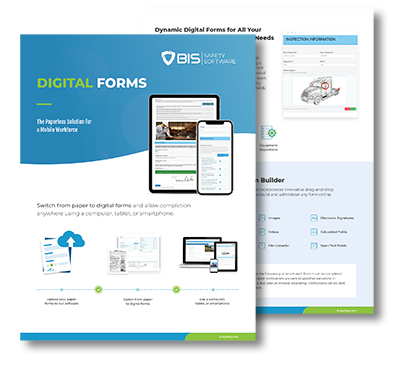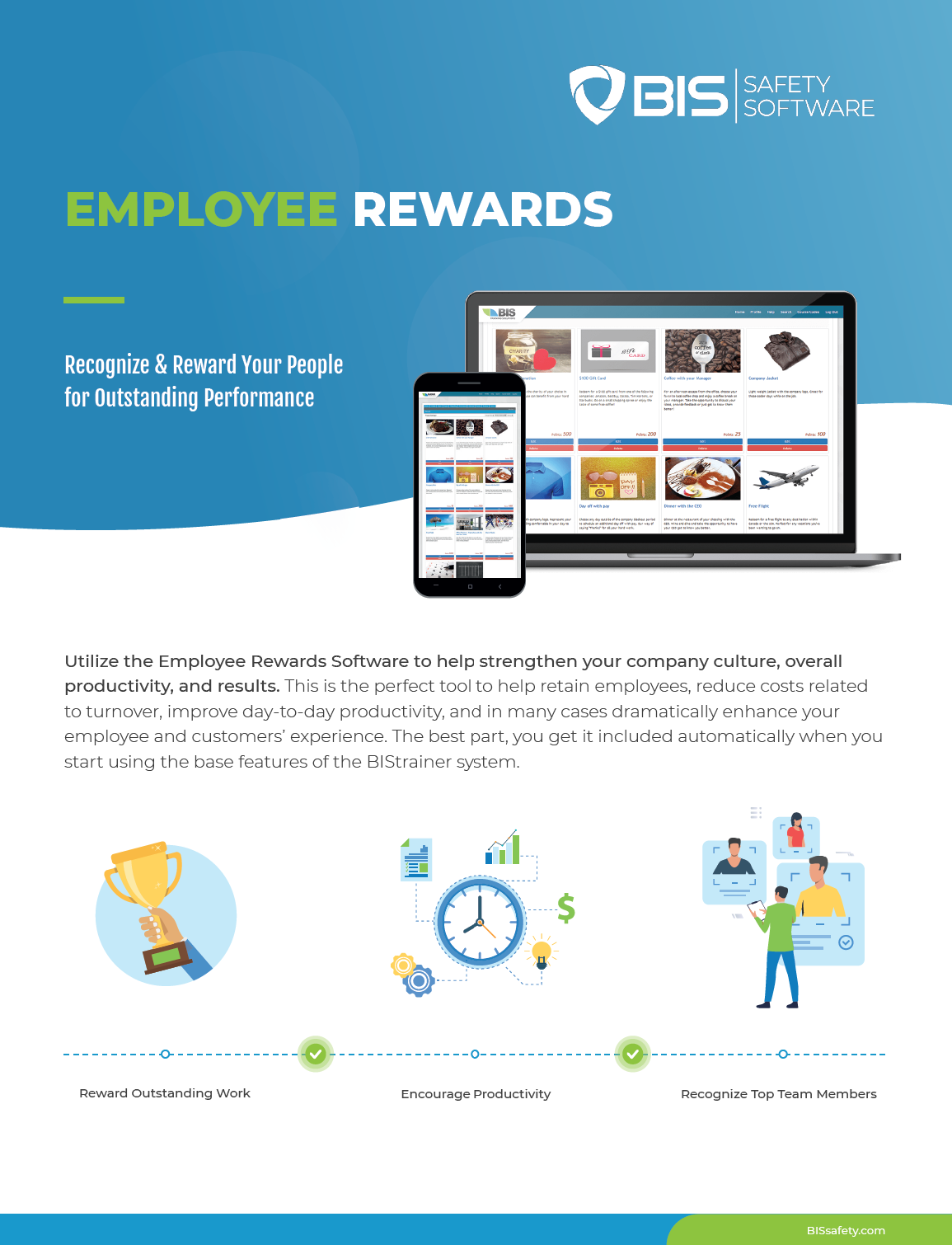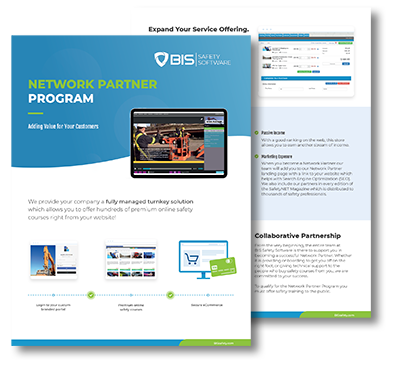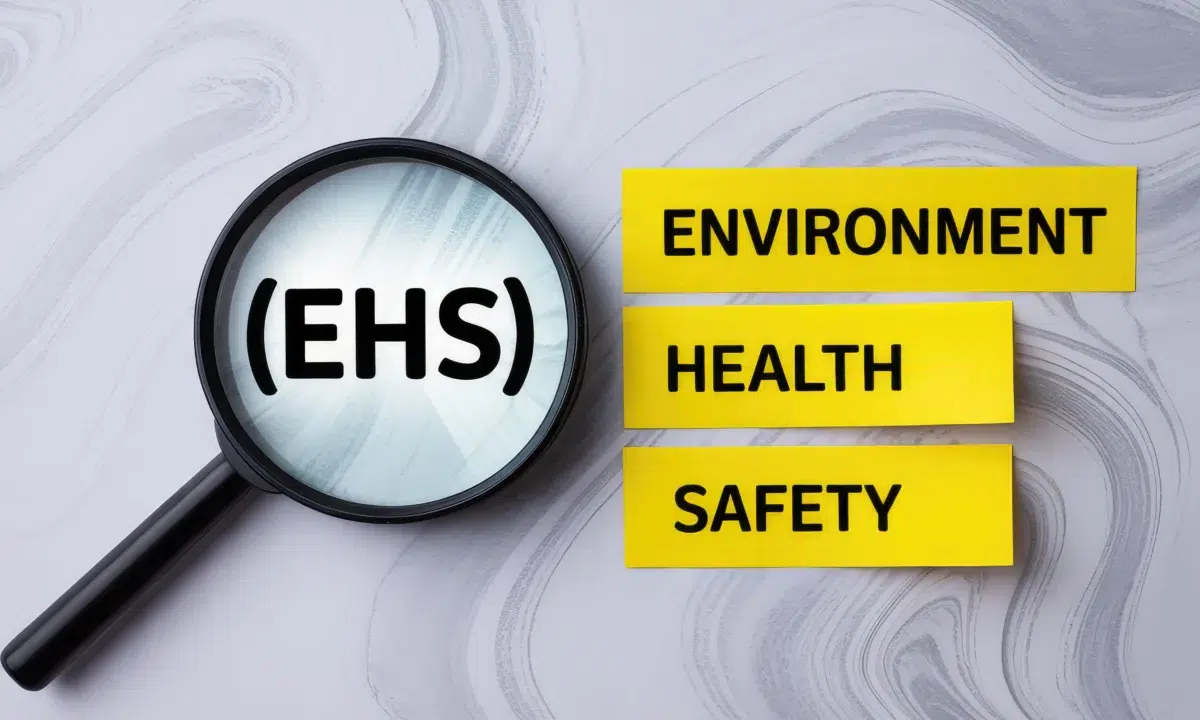
How Collaborative Teams Choose the Right EHS Software
Choosing Environmental, Health, and Safety (EHS) software is a decision that reaches far beyond the IT department. The right platform can lift compliance standards, simplify reporting, and strengthen day-to-day operations. Still, many organizations make the mistake of evaluating systems in isolation without input from the employees who rely on the software every single day.
Real progress happens when departments work together. HR, operations, safety, IT, and sustainability teams each have unique insight into workflows, data needs, and reporting challenges. When they collaborate, companies end up with an EHS system that supports real work, not just checkboxes.
1. Why EHS Software Matters More Than you think
Modern EHS software centralizes records, automates routine tasks, and helps teams get ahead of potential risks. But beyond the tech, it becomes the backbone of a proactive safety culture.
When a unified system connects the organization:
- Safety data becomes visible instantly
- Compliance documents stay accurate and accessible
- Every department contributes to safer decision-making
Choosing software without talking to the workers who use it is like buying tools without knowing the job.
2. Build a Strong Cross-Functional Selection Team
The best software decisions never come from one department alone. Every group interacts with safety processes differently, which makes their perspectives essential.
Your selection team should include:
- Safety and EHS leaders: define reporting, audits, and corrective actions
- Operations: align features with real-world workflows
- IT: evaluate integrations, data security, user management
- HR/Training: connect training records with compliance needs
- Sustainability/ESG: keep metrics aligned with corporate targets
Bringing these voices together ensures you don’t end up with software that works well for one department but frustrates everyone else.

3. Define Success Before You Compare Vendors
It’s tempting to jump straight into demos but features mean nothing without clear goals. Start by identifying specific outcomes you want to achieve.
Common examples include:
- Cutting manual reporting time in half
- Connecting training, certifications, and compliance data
- Getting real-time insight into incidents and safety trends
Once your goals are locked in, vendor comparisons become far more meaningful.
4. Plan for User Adoption Early
Even the best software falls flat if workers avoid using it. Adoption isn’t about enforcing rules, it’s about building buy-in.
Ways to encourage adoption:
- Ask frontline workers for feedback on ease of use
- Involve supervisors early so they champion the rollout
- Show how the new system simplifies their daily tasks
Communicate the message clearly:
“This isn’t just new software, it’s a smarter, safer way to work.”
5. Keep Teams Involved After Implementation
Collaboration shouldn’t end once the system is installed. Regular check-ins help keep the platform aligned with new processes, expanding teams, and evolving safety needs.
Review:
- Analytics
- Incident trends
- User feedback
- System gaps
A connected organization builds a connected safety culture.

6. When People Work Together, EHS Software Works Better
The “best” EHS software isn’t the one with the longest feature list, it’s the one that fits your people and your goals. When departments collaborate, organizations gain a system that improves compliance, builds trust, and strengthens safety culture at every level.




